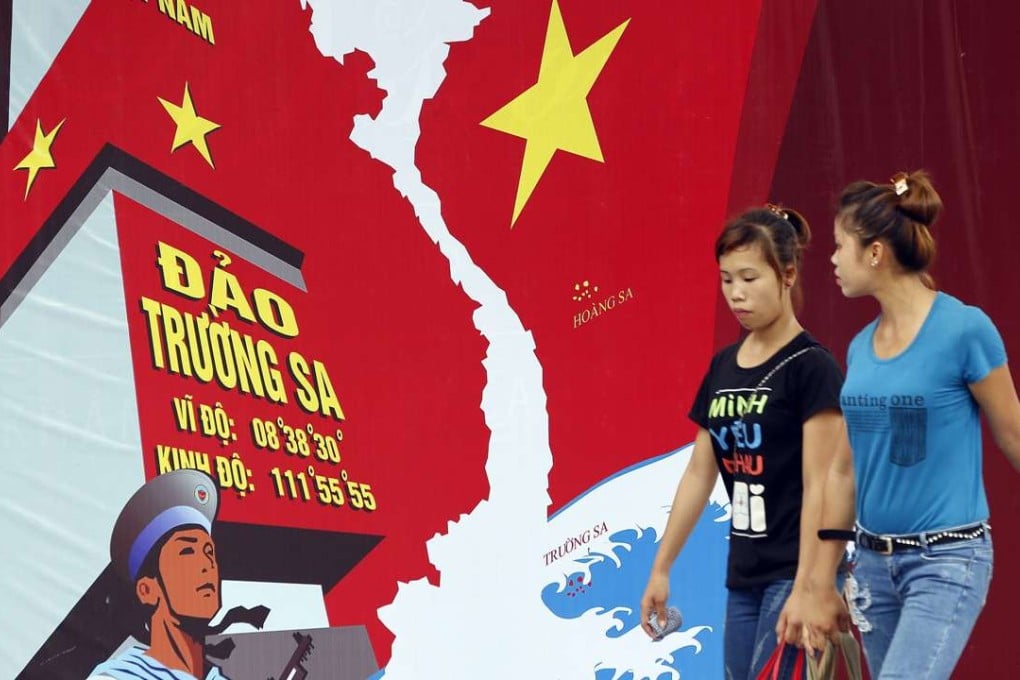The good, the bad and the ugly of Chinese tourists in Vietnam
A record year for visitors from the Chinese mainland is filling municipal coffers, but tensions are emerging as the Vietnamese tourism industry struggles to keep up

It’s been a long day following the tourist trail in Da Nang, on Vietnam’s central coast. And as the group’s attention fades, somewhere around Linh Ung Pagoda and its huge statue of the Goddess of Mercy, their tour guide rattles off an alternative version of Vietnam’s history and culture.
It’s late and it’s hot, and thoughts have turned to air-conditioned hotel rooms, so the Chinese group can be forgiven for missing the subtle geopolitical implications of what their unlicensed leader is saying.
For instance, the guide tells them while Vietnam is no longer a part of China and has claimed its independence, it still depends on China and pays tribute to it. Or that the city’s My Khe Beach, a broad sweep of white sand once dubbed China Beach by American soldiers, really belongs to China.

That such bold claims are being made should perhaps come as no surprise. Many of the unlicensed guides who have sprouted up to feed off Vietnam’s Chinese tourism boom will feel they are merely playing to an audience that naturally sees things from a China-centric perspective, or that they are simply rehashing official Chinese narratives of domination over Southeast Asia and particularly the South China Sea – the very body of water overlooked by Da Nang.
But the fact that such accounts are being given here on Vietnamese soil is something far more controversial, and is just one example of the growing tensions brought on by an influx of Chinese visitors, which has filled municipal coffers but left the country’s tourism industry struggling to meet demand.